1. O frondens virga, Antiphona (MS COD. 9 f. 155r)
Composer: Hildegard von Bingen
Artist(s): Hildegard von Bingen, Dous Mal, Katelijne Van Laethem
2. De Sancta Maria – O Splendidissima Gemma, Antiphona (MS COD. 9 f. 154r-54v)
Composer: Hildegard von Bingen
Artist(s): Hildegard von Bingen, Dous Mal, Katelijne Van Laethem
3. De Sancta Maria – Ave Maria, Responsorium (MS COD. 9 f. 153r-153v)
Composer: Hildegard von Bingen
Artist(s): Hildegard von Bingen, Dous Mal, Katelijne Van Laethem
4. O eterna deus, Antiphona (MS COD. 9 f. 153v)
Composer: Hildegard von Bingen
Artist(s): Hildegard von Bingen, Dous Mal, Katelijne Van Laethem
5. O Clarissima Virga, Responsorium (MS COD. 9 ff. 153v-154r)
Composer: Hildegard von Bingen
Artist(s): Hildegard von Bingen, Dous Mal, Katelijne Van Laethem
6. De Angelis – O Gloriosissimi, lux vivens, Angeli, Antiphona (MS COD. 9 f. 159r)
Composer: Hildegard von Bingen
Artist(s): Hildegard von Bingen, Dous Mal, Katelijne Van Laethem
7. De Sancta Maria – Cum Processit factura, Antiphona (MS COD. 9 f. 154v)
Composer: Hildegard von Bingen
Artist(s): Hildegard von Bingen, Dous Mal, Katelijne Van Laethem
8. De Sancta Maria – O tu, suavissima virga, Responsorium (MS COD. 9 f. 156v)
Composer: Hildegard von Bingen
Artist(s): Hildegard von Bingen, Dous Mal, Katelijne Van Laethem

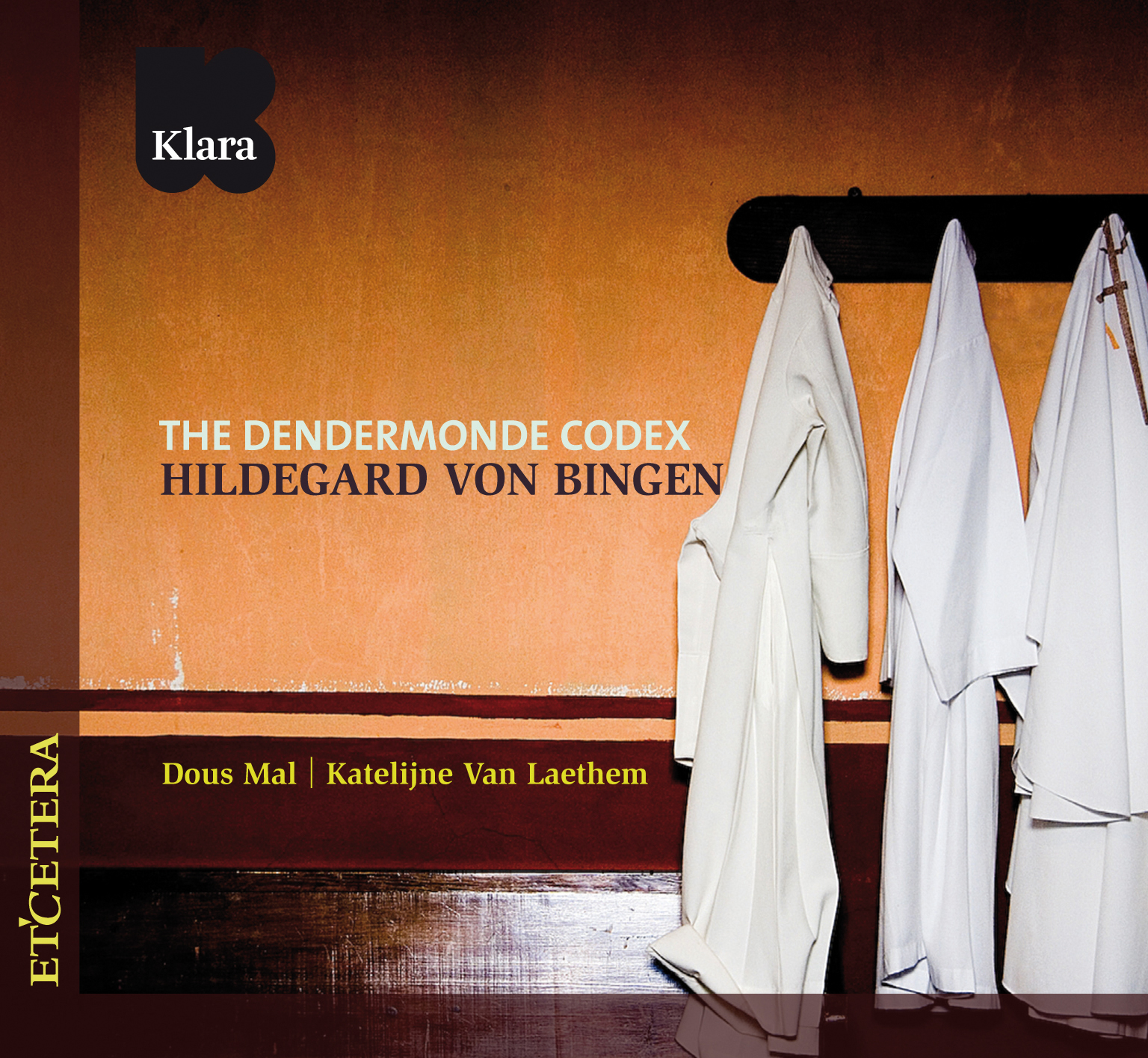
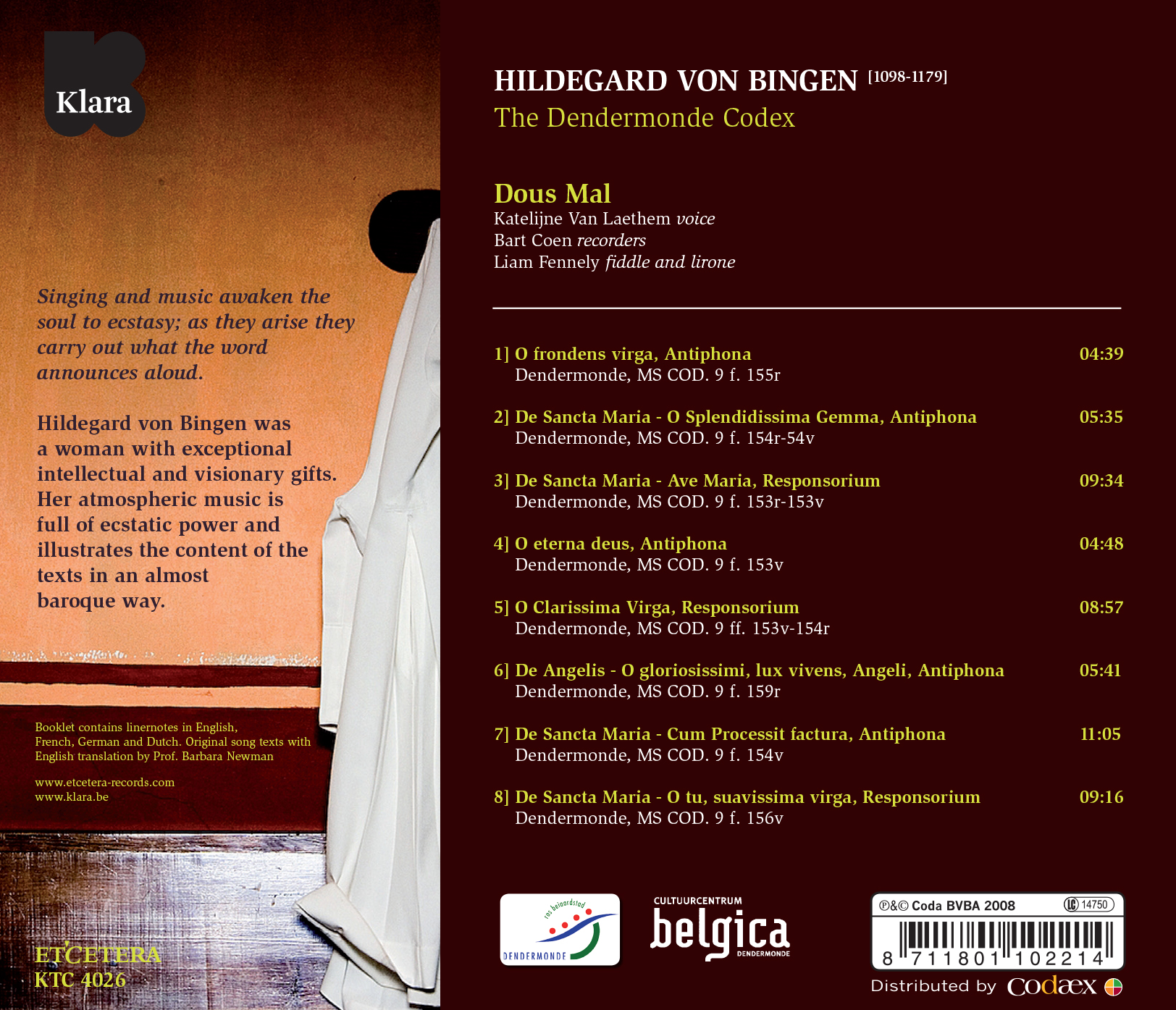

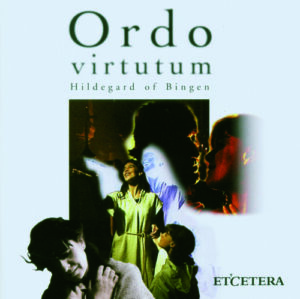
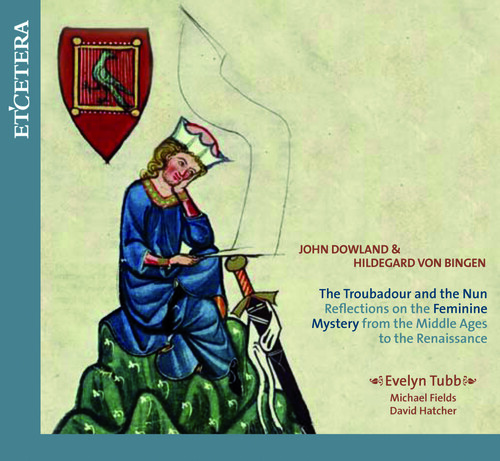
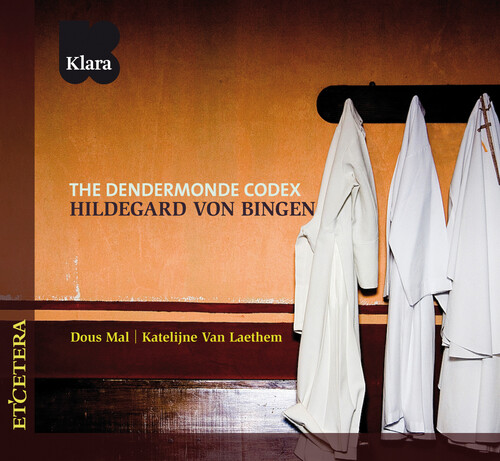
Reviews
There are no reviews yet.